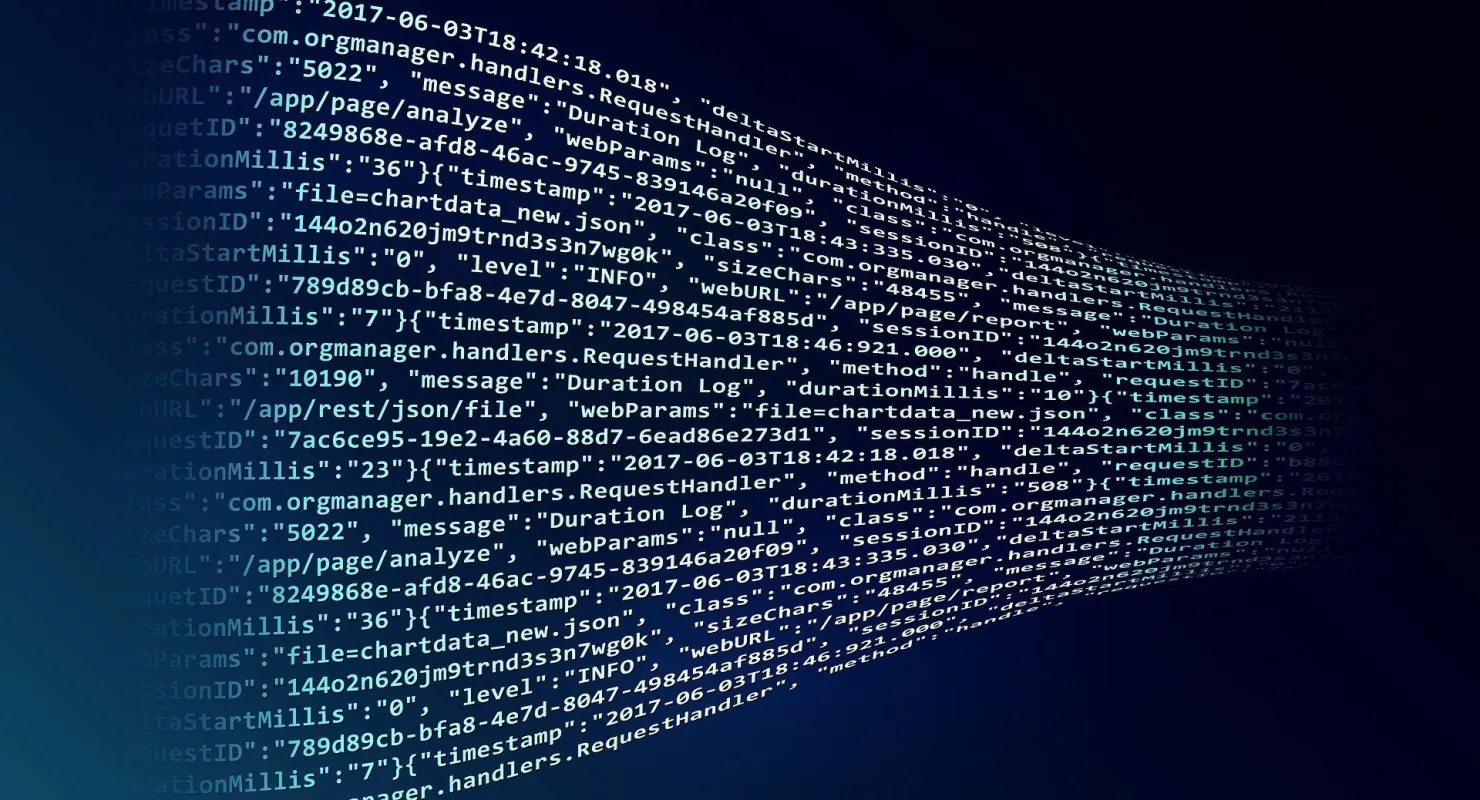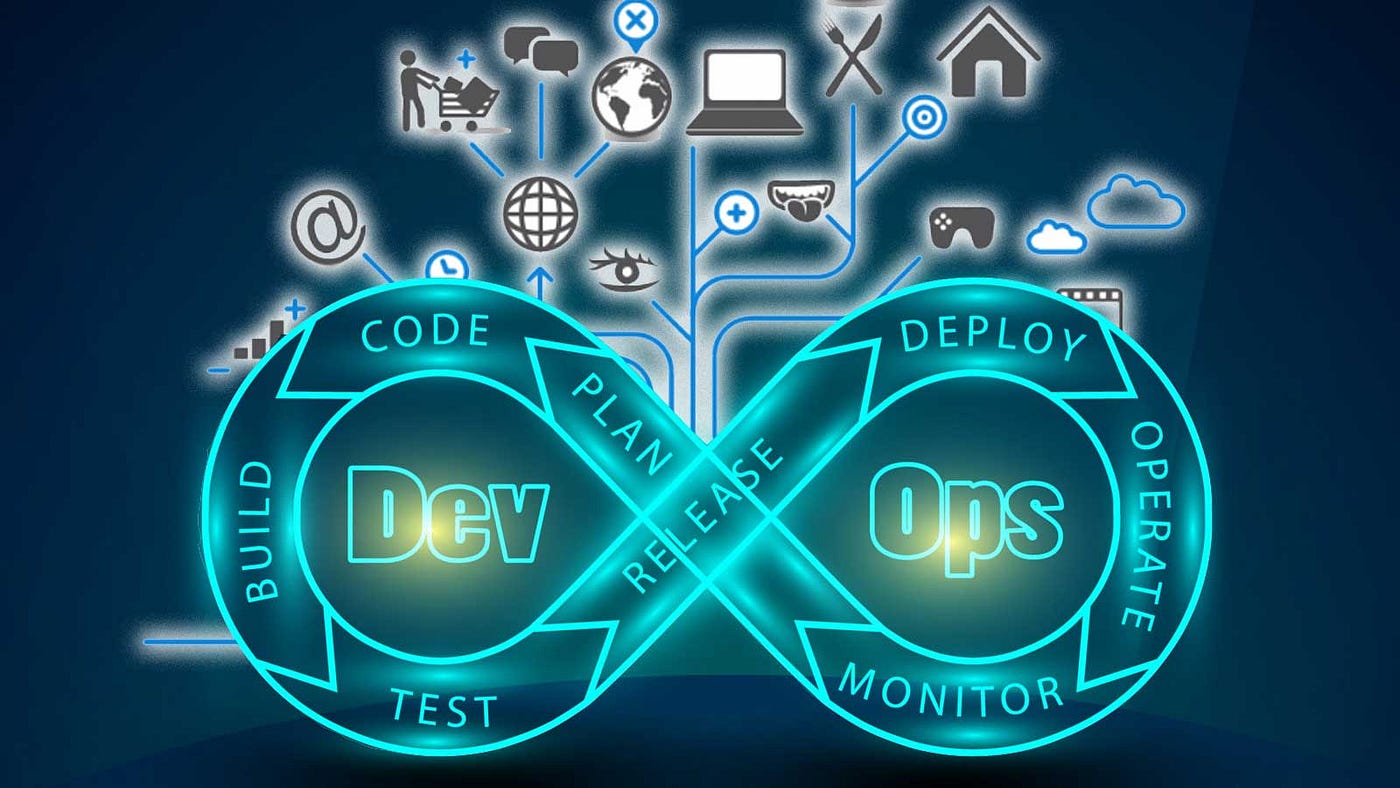Introduction
Time series forecasting has become a cornerstone of data-driven decision-making across industries. From predicting stock prices and energy demand to optimising inventory and planning marketing campaigns, accurate forecasting is crucial for sustaining in dynamic and competitive markets. As we move into 2025, advances in artificial intelligence, deep learning, and automation are transforming how businesses approach time-based predictions. These innovations are making forecasts more accurate, accessible, and adaptable to complex, real-world conditions.
Why Time Series Forecasting Matters
Time series forecasting involves analysing historical data points collected over consistent time intervals to predict future values. This method is widely used because it captures patterns such as trends, seasonal effects, and cyclical behaviours that influence outcomes. For instance, a retail business may use time series forecasting to anticipate peak sales periods, while an energy provider might rely on it to balance supply with expected consumption.
In today’s fast-paced economy, decisions based on outdated or inaccurate forecasts can lead to costly missteps. That’s why organisations are increasingly investing in advanced analytical skills through structured learning paths such as a Data Analyst Course, which equips professionals with the ability to handle these forecasting challenges effectively.
Shifts in Forecasting Approaches in 2025
In the past, statistical models such as ARIMA (AutoRegressive Integrated Moving Average) dominated time series forecasting. While these models remain relevant, 2025 has brought a shift toward hybrid and deep learning-based approaches. Hybrid models blend traditional statistical methods with machine learning algorithms, taking advantage of both interpretability and predictive power.
Another major shift is the growing importance of probabilistic forecasting. Instead of delivering a single-point prediction, probabilistic methods offer a range of likely outcomes with confidence intervals. This is particularly valuable in business segments such as finance, where risk assessment is as critical as the forecast itself.
Emerging Techniques Reshaping Forecasting
Several new techniques are gaining traction in 2025, each offering unique advantages:
Transformer-Based Models
Initially designed for natural language processing, transformers are now widely applied to time series forecasting. They excel at capturing long-range dependencies in data and handling multivariate datasets where multiple variables interact over time.
Neural ODEs (Ordinary Differential Equations)
Neural ODEs allow models to learn continuous-time dynamics, making them highly effective for irregularly spaced data. These techniques are often used in healthcare applications, where measurements are not always taken at consistent intervals.
Graph Neural Networks (GNNs)
Many real-world time series datasets have inherent relationships between data points, such as interconnected IoT devices or linked financial instruments. GNNs model these relationships to improve accuracy in complex, networked environments.
Federated Learning for Time Series
With increasing privacy concerns, federated learning enables collaborative model training without sharing raw data. Industries like banking and healthcare are adopting this to leverage collective insights while protecting sensitive information.
Tools Leading the Forecasting Landscape in 2025
The availability of sophisticated, user-friendly tools has lowered the barrier to entry for effective forecasting. Some of the most notable tools covered in a Data Analyst Course in 2025 include:
- Facebook (Meta) Prophet 3.0: An upgraded version that now supports transformer-based components and enhanced seasonality modelling.
- GluonTS: A deep learning toolkit for probabilistic time series forecasting, integrating seamlessly with MXNet and PyTorch.
- Darts: A Python library that offers a wide range of forecasting models, from ARIMA to neural networks, with built-in backtesting.
- NeuralProphet: Combines the simplicity of Prophet with the power of deep learning architectures for more accurate forecasts.
- Azure Time Series Insights Gen 3: Offers real-time analytics with tighter integration into IoT ecosystems.
These tools are designed to help not just data scientists but also analysts and domain experts quickly move from raw data to actionable predictions.
The Role of Automation and AI Assistance
Automation is playing a significant role in democratising time series forecasting. AutoML platforms now offer automatic feature engineering, hyperparameter tuning, and model selection, reducing the manual workload for analysts. This trend is indicative of the increasing demand for skilled professionals trained through a Data Analyst Course in Bangalore, where learners are exposed to hands-on projects involving real-world datasets and forecasting scenarios.
Additionally, generative AI is making inroads into forecasting by generating synthetic data to fill gaps, simulate rare events, and improve model robustness. This is particularly important when historical data is sparse or incomplete.
Industry Applications in 2025
Retail and E-commerce
Retailers are leveraging forecasting models to fine-tune inventory levels, predict consumer demand, and plan marketing campaigns. AI-driven models are helping avoid stockouts while minimising excess inventory.
Finance
In the financial sector, forecasting tools are aiding in risk management, algorithmic trading, and portfolio optimisation. Probabilistic models help financial analysts account for volatility and uncertainty.
Energy and Utilities
With the growth of renewable energy sources, utilities are using advanced forecasting techniques to predict production variability and manage grid stability.
Healthcare
Hospitals and clinics use forecasting to anticipate patient admissions, manage staff schedules, and predict disease outbreaks. Neural ODEs are particularly effective here due to irregular data sampling.
Transportation and Logistics
Time series forecasting is being used to optimise delivery schedules, reduce fuel costs, and improve customer satisfaction by accurately predicting arrival times.
Skills Needed for Effective Forecasting in 2025
The success of time series forecasting projects depends not only on the tools used but also on the skills of the professionals involved. Key competencies include:
- Statistical Analysis: Understanding foundational concepts like stationarity, autocorrelation, and seasonality.
- Machine Learning Expertise: Proficiency in algorithms and frameworks that support forecasting.
- Domain Knowledge: Applying forecasting models with an understanding of industry-specific factors.
- Data Engineering Skills: Preparing and transforming raw data for modelling.
- Interpretability: Communicating model results clearly to non-technical stakeholders.
Professionals looking to build these skills in a structured environment often enrol in courses that combine theoretical knowledge with practical application.
The Future Outlook
By 2025, time series forecasting will no longer be the exclusive domain of statisticians and data scientists. Cloud-based platforms, intuitive interfaces, and integrated AI assistance are making these capabilities accessible to a broader audience. This democratisation is expected to drive innovation in sectors that have traditionally relied on manual or intuition-based decision-making.
However, challenges remain. Data quality, ethical considerations, and overfitting risks still require careful management. Moreover, as models grow in complexity, ensuring transparency and explainability will be critical for trust and adoption.
Conclusion
Time series forecasting in 2025 reflects a blend of statistical rigour, machine learning innovation, and accessible tools. Emerging techniques like transformer-based models, neural ODEs, and federated learning are reshaping how forecasts are generated, while tools like Prophet 3.0 and Darts are making implementation more efficient. The increasing role of automation means that professionals with the right skills can focus on strategic decision-making rather than manual modelling.
For those aiming to excel in this evolving field, developing expertise through targeted learning—whether via online courses or a specialised training such as a Data Analyst Course in Bangalore is essential. As industries continue to rely on accurate forecasting for competitive advantage, the demand for skilled professionals in this area will only grow.
ExcelR – Data Science, Data Analytics Course Training in Bangalore
Address: 49, 1st Cross, 27th Main, behind Tata Motors, 1st Stage, BTM Layout, Bengaluru, Karnataka 560068
Phone: 096321 56744




